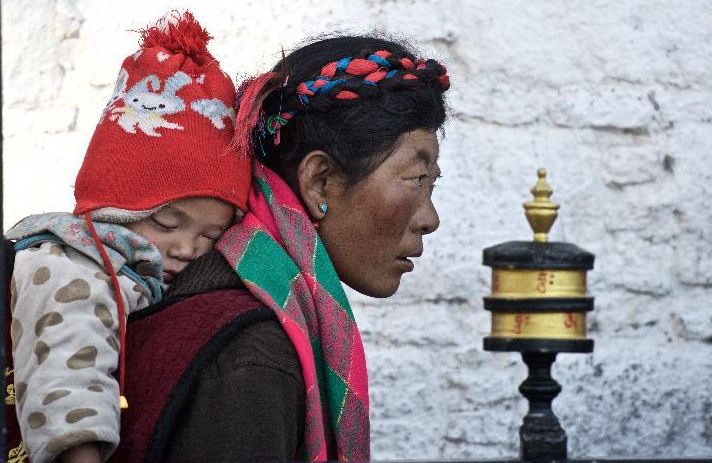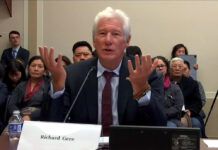
(TibetanReview.net, Jan11’22) – The average life expectancy in Tibet Autonomous Region (TAR) in 2021 had risen to 72.19 years, an increase of 1.09 years over 2020, said China’s official Xinhua news agency Jan 5 in a report meant to show how well the Tibetan people are doing under Chinese rule.
However, after more than six decades of occupation rule, average life expectancy in the region is well below that of the People’s Republic of China (PRC) which was 77.3 years in 2019, according to a Xinhua report Jan 10.
The figure of 72.19 years was released on Jan 5 at the fifth session of the 11th People’s Congress of TAR and was meant to glorify Chinese rule there. The region is still the PRC’s poorest despite its enormous natural resources productivity.
The region’s average life expectancy was stated to be only 35.5 years in 1951, the year China formally annexed Tibet, and it is not clear how this propaganda figure was arrived at.
The Jan 10 Xinhua report said the average life expectancy in the PRC was expected to reach 78.3 years in 2025, citing the country’s 14th five-year plan (2021-2025) for public service.





